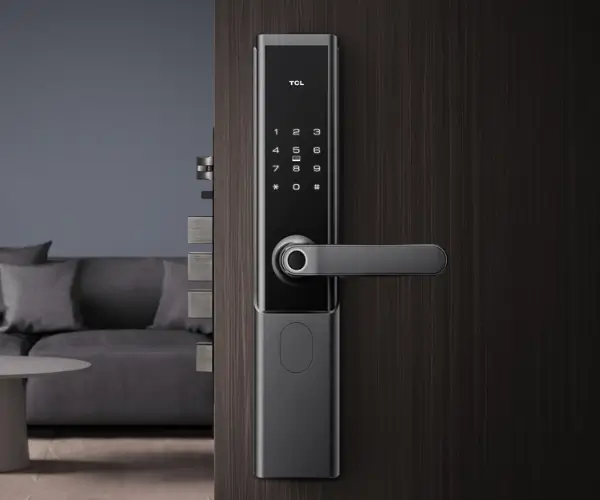Ever been caught in the middle of a project, wondering how to get that smooth, precise control over motor speeds without all the fuss? Enter the brushless DC motor controller schematic—your new best friend. Think about it: no brushes to wear out, no fussing over winding configurations, just pure, reliable power transfer. It’s a game-changer for anyone looking to optimize performance while keeping the system simple and durable.

Picture this: you’re designing a drone, an automation device, or even an electric vehicle. You want something that responds quickly, runs quietly, and holds steady even under load. That’s where a well-designed schematic steps in. It’s like a blueprint that ensures everything clicks into place seamlessly—power supply, signal modulation, feedback loops—all working together under the hood.
You might wonder—how does this schematic really work without overcomplicating things? Well, it centers around a few core elements: voltage regulators, MOSFET drivers, feedback sensors, and control algorithms. These pieces connect in a way that makes the motor spin smoothly and efficiently, with minimal interference. The schematic doesn’t just look pretty; it manages power more effectively and extends the life span of the motor.
One common question pops up—why choose a brushless DC system over brushed options? It’s simple—brushless models avoid the wear-and-tear caused by brushes, leading to longer operation times and less maintenance. Plus, they tend to have better efficiency and less electromagnetic interference, which is a huge win for sensitive electronics nearby.
Here’s the real kicker: reliability. When you look at schematics for these controllers, you notice that they’re designed with safety margins and easy troubleshooting in mind. If something goes awry, the schematic shows you exactly how to diagnose and fix the issue—power supply problems, sensor faults, or wiring hiccups. It’s like having a detailed map guiding you through the entire setup process.
When you’re choosing a controller schematic, pay attention to how adaptable it is. Can it handle different voltage levels? Is it compatible with your intended load? A good schematic can be a chameleon—adjusting to different motors and applications without needing a total overhaul. That kind of flexibility is gold, especially when your project scales or upgrades.
Ultimately, a solid brushless DC motor controller schematic isn’t just about the electrical connections—it’s about creating a system that runs smarter, lasts longer, and reacts faster. It’s about making complex motions feel effortless and powering innovation without breaking the bank or wasting time. When you find the right schematic setup, you’re opening the door to endless possibilities—drone agility, robotic precision, electric mobility—whatever you dream up.
Leveraging innovations in modular drive technology, Kpower integrates high-performance motors, precision reducers, and multi-protocol control systems to provide efficient and customized smart drive system solutions.




































